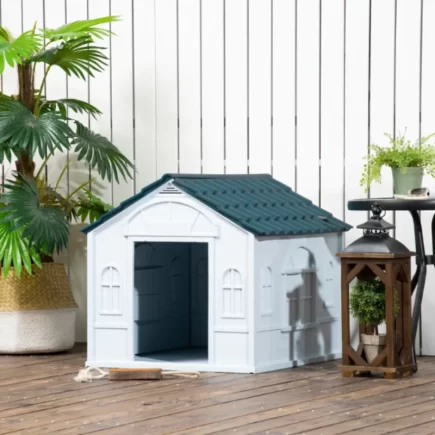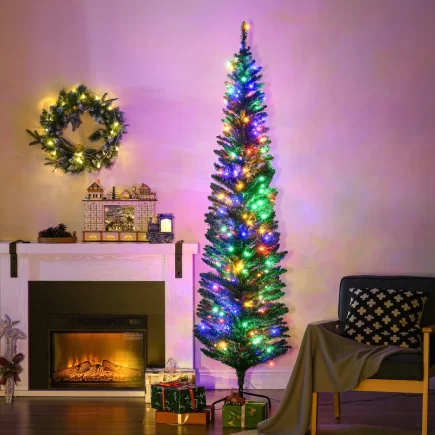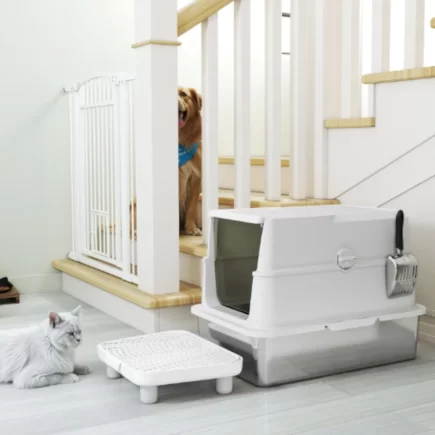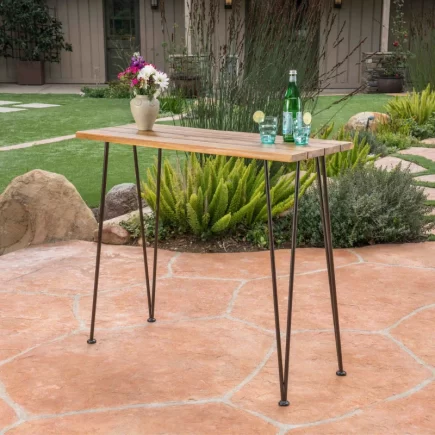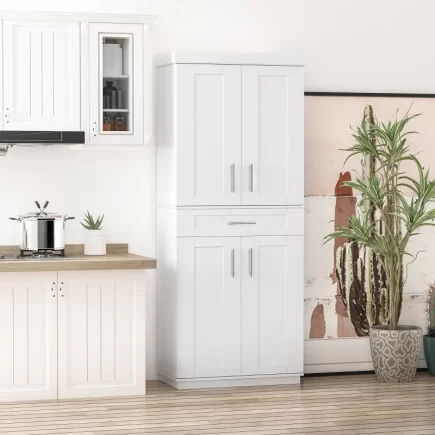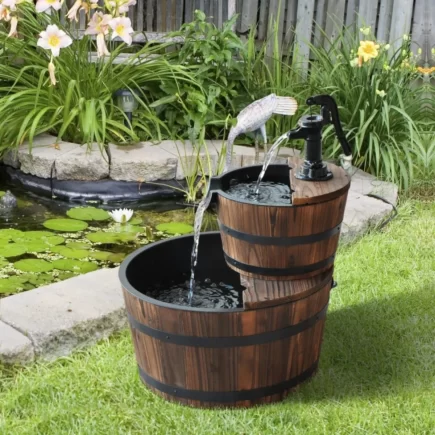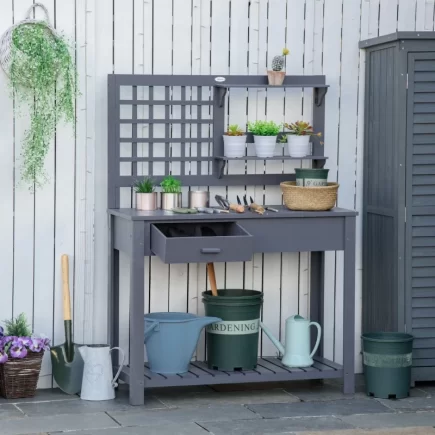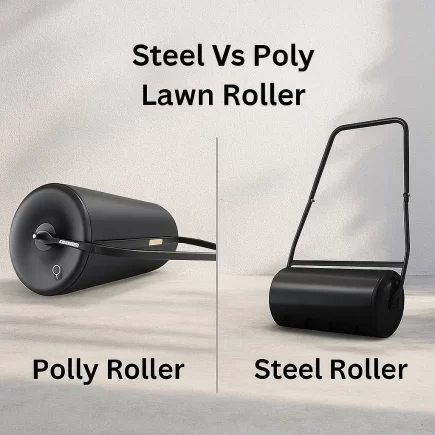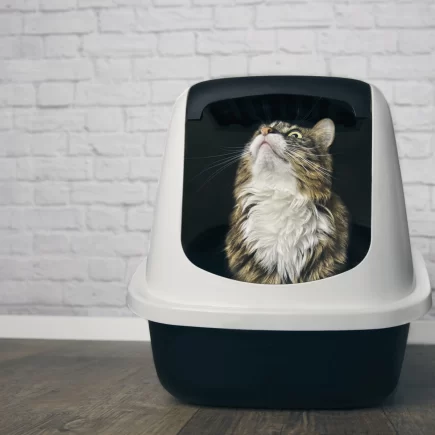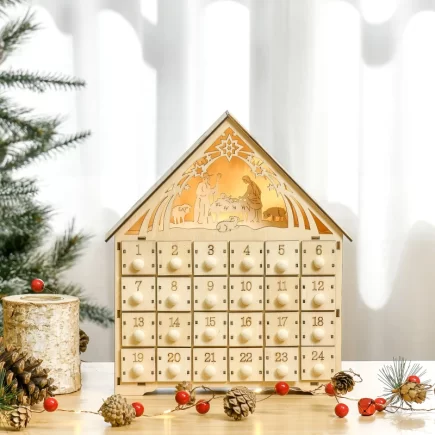
Solar lights rely on their panels to absorb sunlight during the day and convert it into electricity for nighttime use. When those panels are covered in dust, water spots, or debris, they can’t charge efficiently. The result? Dim lighting, shorter runtimes, and less curb appeal.
If ignored, grime buildup can cause permanent damage, especially in humid or coastal areas where corrosion sets in faster.
What You’ll Need: Tools and Supplies
Here’s a simple checklist of items you need to clean your outdoor solar lights safely and effectively:
| Supplies | Purpose |
| Microfiber cloth | Gently wipes away dirt without scratching |
| Mild dish soap | Loosens grime without damaging surfaces |
| Warm water | Activates soap and helps rinse off residue |
| White vinegar (optional) | Tackles tough spots and hard water stains |
| Toothbrush or soft brush | Reaches crevices and removes corrosion |
| Painter’s tape | Protects edges when restoring cloudy plastic |
| Clear coat spray | Adds UV protection and restores panel clarity |
| Safety gloves & goggles | Essential when cleaning corroded battery parts |

Tip: Avoid bleach, ammonia, or abrasive pads. They can scratch the panel and reduce performance.
Step-by-Step: How to Clean Outdoor Solar Lights
1. Turn Off and Disassemble
Always start by turning off the solar light. If your model allows, detach the light housing or remove the solar panel section for easier access. This helps prevent any internal water damage and makes cleaning more thorough.
2. Remove Loose Dirt and Debris

- Sweep the panel and housing with a dry microfiber cloth.
- Flick away leaves, pollen, or spiderwebs.
- Use a soft toothbrush for corners, seams, and the bezel around the LED.
This dry prep keeps grit from scratching the panel once you add water.
3. Wash with Soapy Water

- Mix a squeeze of mild dish soap into a bowl of warm water.
- Dip a cloth or sponge in water, wring it until it’s damp, and then wipe the panel in gentle circles.
- Tackle the lens and body too, sap or bird droppings? Add a touch more pressure.
Pro Tip: Keep suds away from the battery compartment and light sensor.
4. Rinse, Dry, and Shine
- Wipe everything with a cloth soaked in clean water to lift leftover soap.
- Dry immediately with a towel to stop spots that block sunlight.
- Air‑dry any detached parts, especially around batteries, until completely moisture‑free.
Cloudy or Yellowed Solar Lights

After long-term exposure to UV rays, plastic lenses and panels often turn cloudy or yellow. Here’s how to clear them up:
- Mask off the surrounding area with painter’s tape.
- Gently scrub the panel with a soft cloth, white vinegar, or non-whitening toothpaste.
- Rinse and dry.
- Spray a thin layer of clear coat UV protectant over the panel and let it dry completely.
For heavily oxidised plastic, you can lightly buff it with 400 to 2000 grit wet/dry sandpaper, but only as a last resort.
Cleaning Battery Compartments and Removing Corrosion

Dimming or flickering lights could mean corrosion in the battery area.
Signs of Corrosion:
- White or green powdery residue around battery terminals
- Rust stains
- Battery leakage or damage
How to Clean It:
- Put on safety gloves and goggles.
- Remove the batteries.
- Dab vinegar onto a toothbrush and scrub the corrosion.
- Wipe clean with a damp cloth.
- Dry the area completely before inserting new batteries.
- Use solar-compatible rechargeable batteries for best results.
Best Practices by Material Type
| Material | Recommended Cleaning Method |
| Plastic | Mild soap + vinegar or toothpaste. Avoid abrasive pads. |
| Glass | Use only a soft cloth and soap. Dry immediately. |
| Metal | Wipe gently, dry well to prevent rust. Avoid soaking. |
Eco-Friendly Cleaning Alternatives

Want to avoid chemicals? Here are some green options that still get the job done:
- White vinegar + water (50/50 mix): Great for general cleaning and removing water stains.
- Baking soda paste: Mix with water to scrub stubborn grime.
- Lemon juice: Natural shine enhancer and mild cleaner.
Avoid using acidic cleaners near electronics, and always test on a small area first.
Prevent Future Grime
Here are a few proactive ways to reduce cleaning frequency and prolong the life of your solar lights:
- Place in full sunlight: Avoid shaded areas that limit charging.
- Trim nearby foliage: Prevent leaves and branches from blocking light.
- Use a clear coat or UV spray: It helps resist yellowing.
- Bring lights indoors during extreme weather: Especially during snow, hail, or hurricanes.
- Inspect monthly: Especially after major weather events.
Seasonal and Regional Cleaning Frequency
Your region and climate can affect how often your solar lights need cleaning. Here’s a general guideline:
| Region Type | Recommended Cleaning Frequency |
| Dry & Dusty (e.g., AZ) | Every 1 month |
| Humid/Rainy (e.g., FL) | Every 2-3 months |
| Coastal Areas | Monthly + corrosion inspection |
| After Heavy Weather | Clean immediately after storms or pollen |
Maintaining a routine cleaning schedule will preserve performance and reduce long-term issues.
Troubleshooting After Cleaning
If your solar lights still aren’t working after cleaning, consider these steps:
| Problem | Possible Solution |
| Light won’t turn on | Check power switch and battery orientation |
| Still dim after cleaning | Replace battery, reposition for better sunlight |
| Works only intermittently | Clean light sensor and check for moisture inside |
| Visible water inside | Dry thoroughly or replace if seals are broken |
Keep the Glow Going
Cleaning your outdoor solar lights is a quick and easy way to boost performance, extend their lifespan, and keep your yard or patio looking sharp. With regular care, you can avoid replacements and keep your lights glowing all year long.
Whether you’re lighting a walkway, deck, or garden, keeping those lights clean means they’ll always shine their brightest when you need them most. Aosom offers a wide range of stylish Outdoor Lighting options that complement every space.
FAQs
1. What should I do if water gets inside the solar light?
If water enters, dry the light completely by opening it or placing it in a warm, dry spot. Inspect for corrosion and clean affected areas. If severe damage occurs, replace the light or contact the manufacturer. Ensure seals are intact to prevent future water damage.
2. Can I leave solar lights out in winter?
Yes, solar lights can stay outside in winter, but performance may decrease due to reduced sunlight and cold temperatures. Regularly remove snow and debris from panels and consider replacing the batteries with cold-resistant ones to ensure efficient charging during shorter days.
3. Can I replace the batteries in my solar lights?
Yes, most solar lights have replaceable batteries. Swapping out old batteries with new rechargeable ones can improve performance and extend the light’s lifespan. Always match the correct battery type and voltage, and dispose of old ones properly.

